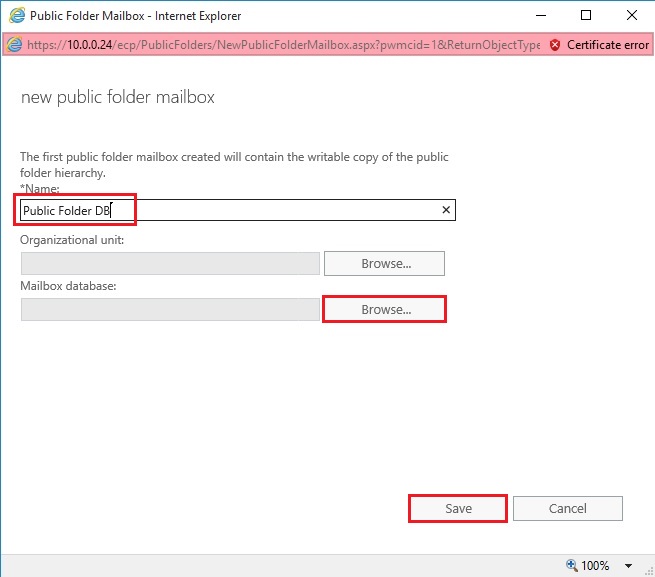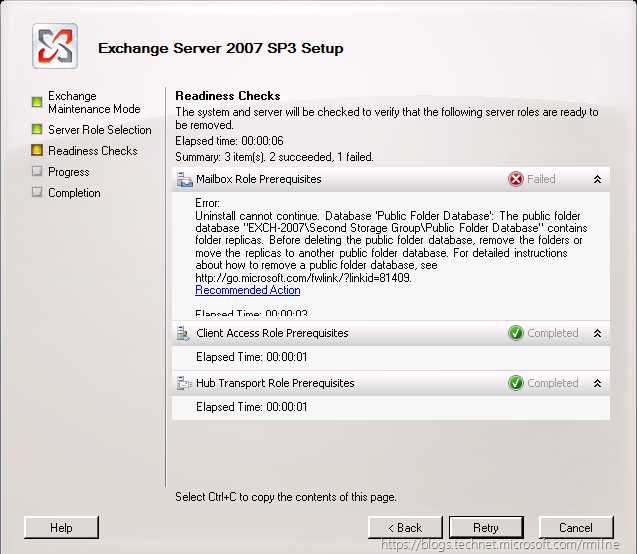
Exchange public folder database update#
Do not follow these steps if there are any public folder servers that are not running Update Rollup 4 for Exchange Server 2010 SP1, such as Exchange Server 2003, Exchange Server 2007, or earlier versions of Exchange Server 2010. Service mailboxes transferįor database deletion it is necessary to transfer these mailboxes to the another database. The command must be run simultaneously on all the computers that have public folder databases in the organization. Mailbox plans should be moved to another server to do this, run the command Set-MailboxPlan -Database.

If this is the last server in the organization, run the command Disable-Mailbox -Arbitration -DisableLastArbitrationMailboxAllowed to disable the arbitration mailbox. Arbitration mailboxes should be moved to another server to do this, run the command New-MoveRequest. To disable a public folder mailbox so that you can delete the mailbox database, run the command Disable-Mailbox -PublicFolder.
Exchange public folder database archive#
To disable an archive mailbox so you can delete the mailbox database, run the command Disable-Mailbox -Archive. To disable a non-arbitration mailbox so that you can delete the mailbox database, run the command Disable-Mailbox. The successful removal of the last public folder database from an Exchange 2010 organization. To get a list of all arbitration mailboxes in this database, run the command Get-Mailbox -Database -Arbitration. To get a list of all public folder mailboxes in this database, run the command Get-Mailbox -Database -PublicFolder. To get a list of archive mailboxes in this database, run the command Get-Mailbox -Database -Archive. To get a list of all mailbox plans in this database, run the command Get-MailboxPlan. Whichever solution you use, be sure to have a good working backup of your Public Folder Database. For Exchange, it is imperative to use a solution that is Exchange-aware. To get a list of all mailboxes in this database, run the command Get-Mailbox -Database. Caution: Before you get started with any migration process it’s always good to do a backup.


For example, one organization had a public folder database that spiraled out of control it had hundreds of public folders and thousands of subfolders. This mailbox database contains one or more mailboxes, mailbox plans, archive mailboxes, public folder mailboxes or arbitration mailboxes. Exchange Server 2010 contains several tools that can help you create reports about public folder use.


 0 kommentar(er)
0 kommentar(er)
